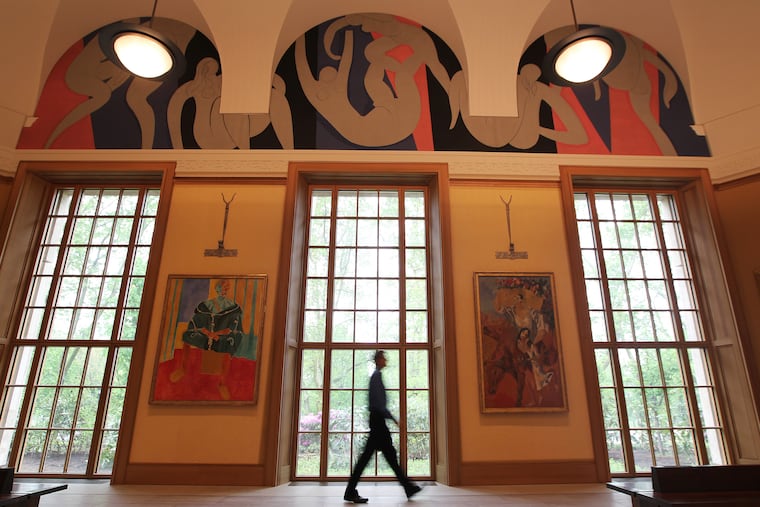What you need to know about changes to the Barnes Foundation
What we know and what we don’t know about the court ruling.

In July, Montgomery County Orphans’ Court granted the renowned art institute on the Benjamin Franklin Parkway the ability to lend some of its priceless artworks to other cultural institutions, and to temporarily move works within its own building for temporary exhibitions.
Why is this a big deal?
The operations of the Barnes are subject to the terms of the will of its founder, Albert C. Barnes, an eccentric Philadelphia chemist and businessman who died in 1951. His “indenture” contained many stipulations, one of which was that paintings in the collection could not be loaned out or moved from their positions within the museum as they were on the day of his death or that of his wife. Previous changes to the Barnes indenture, such as the museum’s 2012 move to the Parkway from its original building in Merion, have been hotly contested.
Nancy Ireson, the Barnes’ deputy director for collections and exhibitions, has said that having the ability to loan paintings could increase partnerships with other institutions, potentially leading to better lending relationships and new art experiences for the Barnes’ audiences.
Moving artwork within the Barnes to temporary special exhibitions can create new educational opportunities, according to Barnes officials. And sharing its masterpieces would likely increase the Barnes’ profile, making it better known outside the Philadelphia region.
How will this change how artwork is displayed at the museum?
The Barnes Foundation has not disclosed any specific plans for loaning out or moving the art, though the court decision, quietly pursued by the Barnes for a year or more according to court filings, opens up the possibility that visitors to the museum may occasionally show up and not be able to see certain works of art.
The Barnes can also relocate artwork within Barnes for special temporary exhibitions. The paintings must be returned to their original spaces at the end of the exhibition.
But art lovers shouldn’t expect to see big changes in way art is displayed at the Barnes, according to foundation officials.
“The Indenture states that the paintings can’t be moved, and that hasn’t changed, except to allow for temporary loans and for paintings to be temporarily relocated within the Barnes for temporary exhibition purposes,” said spokeswoman Deirdre Maher. “Temporary exhibitions at the Barnes only take place in our Roberts Gallery.”
“The Barnes is committed to the integrity of the ensembles, to preserve the visitor experience and the impact of the Barnes de Mazia education program for our students, both are of paramount importance,” Maher added. “The ensembles themselves will not be reorganized at any time, including while any works are on loan.”
What are the restrictions on loaning artwork to other institutions?
The new loan policy comes with a 13-point list of limitations and criteria for allowing works to temporarily leave the Barnes or be moved within the Barnes for a temporary exhibition. Among them: No more than 20 paintings should be on loan simultaneously, and generally no more than two paintings from a single room; and no painting shall be lent for more than 12 months in a 24-month period or, in special circumstances, 15 months in a 30-month period.
The decision to lend must be made on the basis of the Foundation’s mission and the educational merit of the exhibition, the policy states, “free from political pressure and profit motives.”